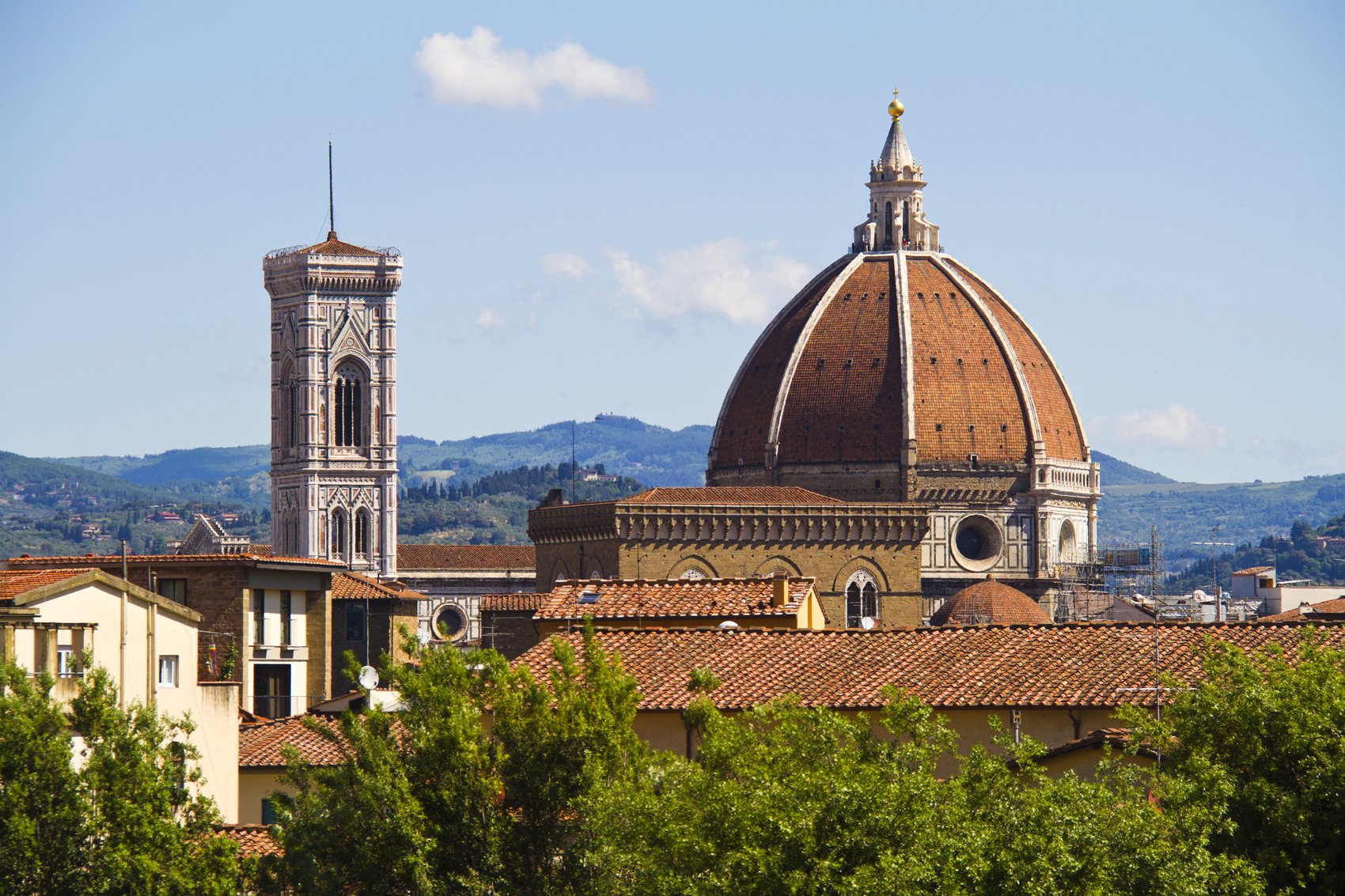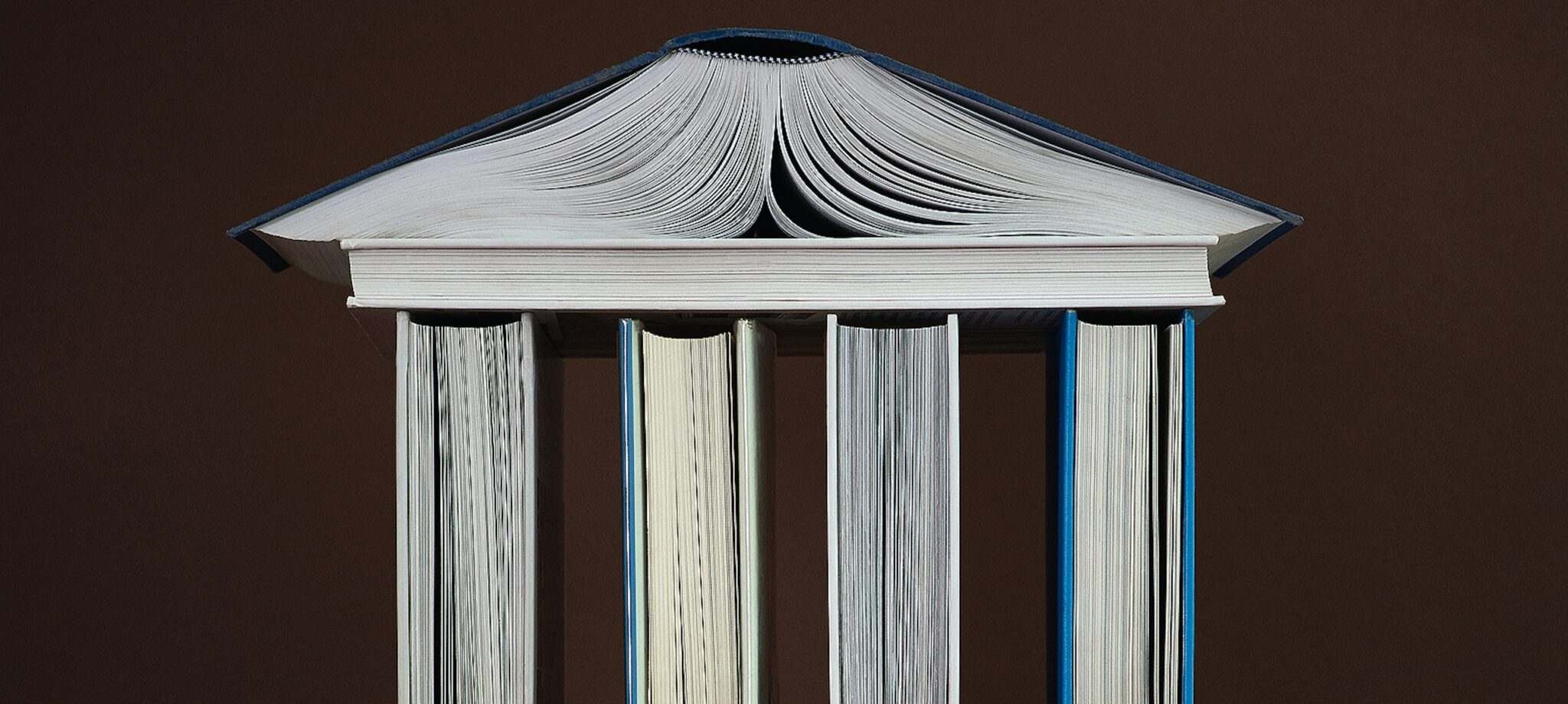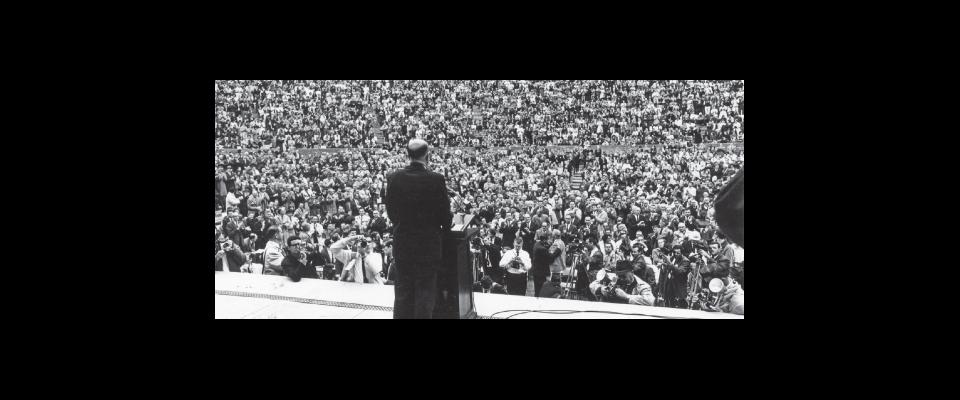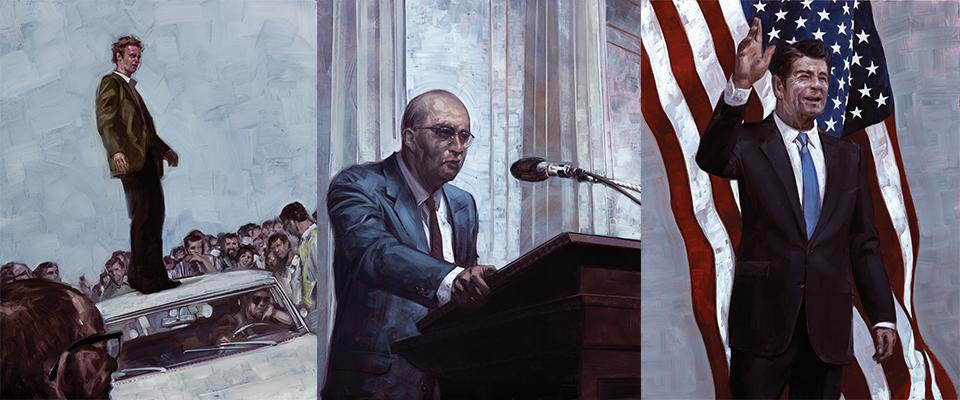Early into his tenure as chancellor, Clark Kerr had a realization: Berkeley’s humanities were in crisis.
He’d had suspicions, as a graduate student and then a faculty member. But a few years after he became chancellor in 1952, an exchange with a visiting professor confirmed it. When Kerr asked Gerald Holton, a physicist from Harvard, what brought him to Berkeley for the summer, Holton quipped, “I am from Athens; I thought I better take a look at what Sparta was doing.”
In his somewhat classist (and classicist) dig, Holton was comparing Harvard to the cradle of Western art and democracy and Berkeley to a military powerhouse. The barb struck home. “SPARTA! Was it true?” Kerr wrote in his 2001 memoir. “In a way it was—heavy on science including research into the military use of the atom, and weak on cultural facilities.” In response, he proceeded to pour money into Berkeley’s arts and humanities, first as chancellor and then as the University of California’s twelfth president, intent on creating an “Athens of the West.”
Seventy years later, it seems much of higher education is in danger of becoming Sparta. After peaking in 1967, enrollment in traditional humanities majors like English, history, and philosophy dropped precipitously, stabilizing slightly in the 1990s, before plunging again following the 2008 financial crash. The economy bounced back. Arts and letters programs did not. Between 2012 and 2020, the number of humanities diplomas nationwide fell by 16 percent.
By contrast, enrollment in fields like engineering and medicine has ballooned. In 2018, there were four STEM bachelor’s degrees for every one humanities degree. The most common explanation: In the face of financial uncertainty, students wanted a sure path to job security. As New Yorker journalist Nathan Heller noted recently in his article “The End of the English Major,” the result could be “a college generation with less education in the human past than any that has come before.” This might be a global trend as well, he points out: Of 35 countries in the Organisation for Economic Co-operation and Development, 27 reported shrinking humanities enrollment in recent years.
One of the few outliers in Heller’s article? UC Berkeley.
In fact, Cal’s recent trajectory is even more remarkable than Heller acknowledges. In the years since the pandemic began, the university has seen a resurgence in first-year students declaring arts and humanities majors, up 121 percent from 2021. Beyond that, the number of high school students applying to those programs is up 73 percent compared to ten years ago. Many departments, from comparative literature to art history, saw more applicants than they have in a decade.
After Berkeley reported these numbers in November 2022, the wider response was one of pleasant surprise, mingled, perhaps, with envy. Berkeley’s dean of Arts and Humanities, Sara Guyer, M.A. ’99, Ph.D. ’01, received a phone call from a dean at another university who wanted “to understand what we’re doing right,” she says. “So we spent a fair amount of time talking it through.”
Guyer is quick to note that any interpretation, at this point, is speculative. The trend is based on only two years of data, and a clearer picture will emerge this fall after first-year students declare their majors. But she does believe the pandemic played a role in the enrollment uptick.
“Students who started college this past year, and those students who are going to start in the fall, they have lived intimately with four crises,” Guyer says, listing them off: COVID-19, the racial reckoning sparked by the murder of George Floyd, the tangible impacts of climate change, and the Capitol assault on January 6. Young people have had to grapple with weighty, humanistic issues on a daily basis; now, she speculates, they’re looking for “a compass.”
“If I had one hypothesis about why there’s increasing interest, it’s that students are trying to make sense of a world that doesn’t make a lot of sense right now.”
In his New Yorker piece, Heller suggests the decline in humanities enrollment may be one unanticipated result of a more diverse student population. It is first-generation college students and underrepresented minority students who most need “the socioeconomic elevator that college promised them,” he writes. And in the eyes of many students and their parents, the humanities won’t offer that.
That doesn’t jibe with the data Berkeley is seeing, Guyer says. As of fall 2022, more than a third of undergraduates majoring in arts and humanities are either underrepresented minority students, first-generation, or both. While less than 20 percent of Berkeley undergrads identify as Latinx, roughly 27 percent of all Arts and Humanities majors do.
One former “first-gen” student heartened by Berkeley’s recent humanities reversal is Stephen Greenblatt, the renowned Shakespeare scholar who taught at Berkeley from 1969 to 1997 before moving to Harvard. Greenblatt remembers being “profoundly drawn” to literature. “I felt I was getting access to what it has meant over a very long time to be human.”
So what are Berkeley’s humanities majors studying? The three fastest growing majors are Art Practice, Film & Media, and Music, which are also among the top ten fastest growing majors on campus. Greenblatt says this aligns with something he’s noticed among Harvard students; namely, a desire to be “makers.” (Research from Adobe, HigherVisibility, and elsewhere suggests between 20 and 40 percent of Gen Zers hope to become “content creators.”) “If you want to make something new,” Greenblatt says, “it actually helps to have a sense of what came before you as well.”
While Greenblatt says he’s thrilled by the news from Berkeley, it’s not clear that Cal’s humanities boom is a bellwether for the rest of the country. If Berkeley’s numbers demonstrate anything, Guyer argues, it’s that the crisis narrative has never been all that helpful.
After all, the humanities have hardly vanished; indeed, they are more accessible than ever. The works of Cicero or Toni Morrison or Jean-Luc Godard are just a Google search away, and their ideas animate online discourse everywhere. What feels like a crisis may actually be a mark of success, Guyer says. “The integration of those ideas into who and how we are has made them feel less present, when in fact, they’re much more present. That’s the irony of the situation.”
It may be, too, that we are simply repeating history. In their 2021 book, Permanent Crisis: The Humanities in a Disenchanted Age, Berkeley grads and German literature scholars Paul Reitter, M.A. ’95, Ph.D. ’99, and Chad Wellmon, M.A. ’01, Ph.D. ’06, argue the “crisis of humanities” is as old as the humanities themselves.
Reitter and Wellmon note that even Petrarch, the 14th-century Italian poet credited with kickstarting the Renaissance, fretted about the lack of humanities curriculum at universities. Perhaps the humanities’ “modern meaning was born of crisis,” they write. Perhaps, for the humanities, to be in crisis simply means to be.




















